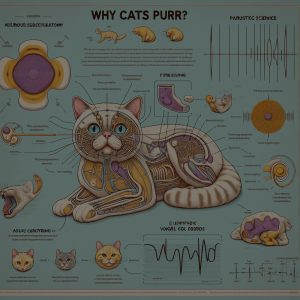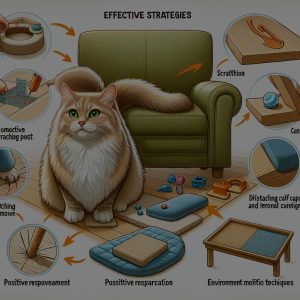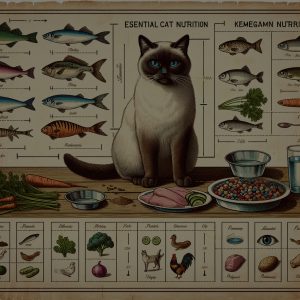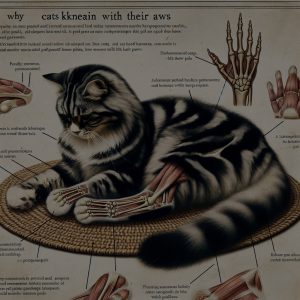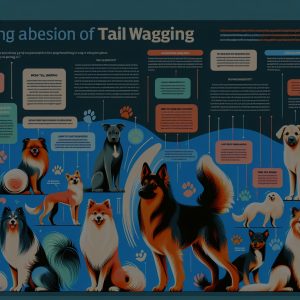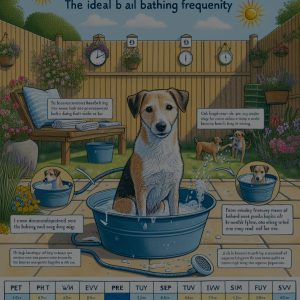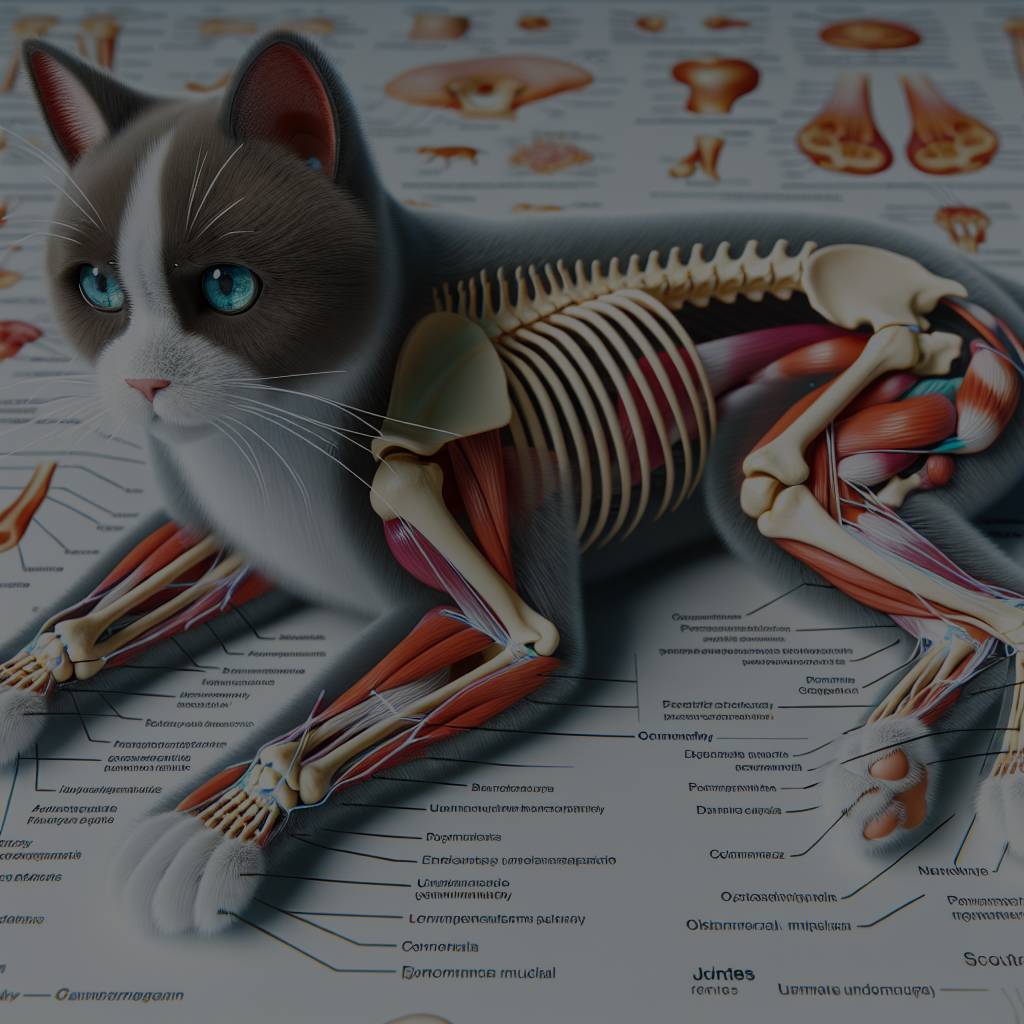
Understanding Feline Joints: A Professional Insight ===
As cat owners, it is essential to have a thorough understanding of our feline companions’ joint health. Just like humans, cats experience various joint-related issues that can affect their mobility and overall quality of life. By comprehending the structure and function of cat joints, we can better support their joint health and take appropriate measures to prevent or manage any issues that may arise.
The Importance of Feline Joint Health
Feline joint health plays a crucial role in a cat’s overall well-being. Healthy joints allow cats to move freely, jump effortlessly, and engage in their natural behaviors. However, as cats age, their joints can deteriorate, leading to conditions such as osteoarthritis. This degenerative joint disease can cause pain, stiffness, and reduced mobility in affected cats.
Moreover, certain factors can contribute to joint issues in cats, such as obesity, genetic predisposition, and previous injuries. Understanding the significance of feline joint health empowers cat owners to make proactive choices to support their cats’ joint health. Regular veterinary check-ups, maintaining a healthy weight, and providing adequate exercise are all essential components of ensuring optimal joint function in cats.
Examining the Structure and Function of Cat Joints
To comprehend feline joint health, it is important to explore the structure and function of cat joints. Cats have a similar joint structure to humans, consisting of bones, cartilage, ligaments, and synovial fluid. These components work together to facilitate smooth joint movement and absorb shock.
Cat joints, including those in the legs and spine, are designed to provide flexibility and agility. These joints allow cats to pounce, climb, and stretch effortlessly. The synovial fluid within the joint acts as a lubricant, reducing friction between the bones and providing nourishment to the surrounding cartilage.
Understanding the structure and function of cat joints can help owners identify any potential issues early on. Signs of joint problems may include limping, difficulty in jumping or climbing, reluctance to play, or decreased activity levels. By being aware of these signs and seeking veterinary attention when necessary, cat owners can proactively address joint issues and provide appropriate treatment to improve their feline companions’ quality of life.
In conclusion, having a solid understanding of feline joint health is crucial for cat owners. By recognizing the importance of maintaining healthy joints and being aware of the structure and function of cat joints, owners can take proactive steps to support their cats’ joint health. Regular veterinary check-ups, weight management, and providing appropriate exercise are all integral to ensuring optimal joint function and preventing or managing joint-related issues in our feline friends. By prioritizing feline joint health, we can help our cats live long, active, and comfortable lives.
Sure, here’s an SEO-friendly and natural-sounding suggestions section with embedded Wikipedia links: — You might be interested in exploring more about how similar joint structures function in other animals. For example, did you know that dog joints also face similar issues? Learn more about it in the Dog Health article. Additionally, if you’re curious about human joint health, check out this comprehensive guide on Human Skeletal System. Also, understanding the Biomechanics behind how different species move can provide deeper insight into joint health across the animal kingdom. — This format should blend well with your original content and provide valuable resources for readers interested in expanding their knowledge.

